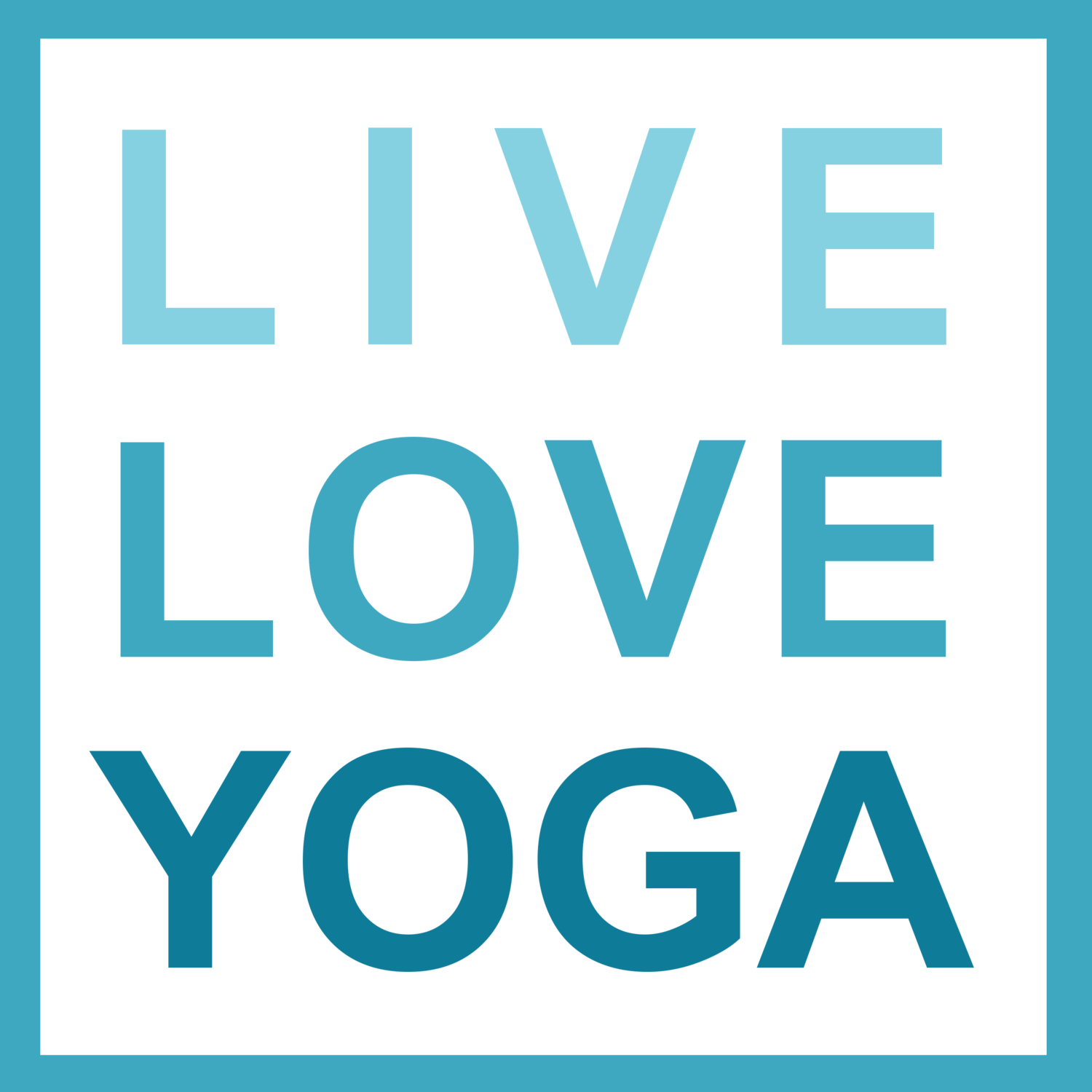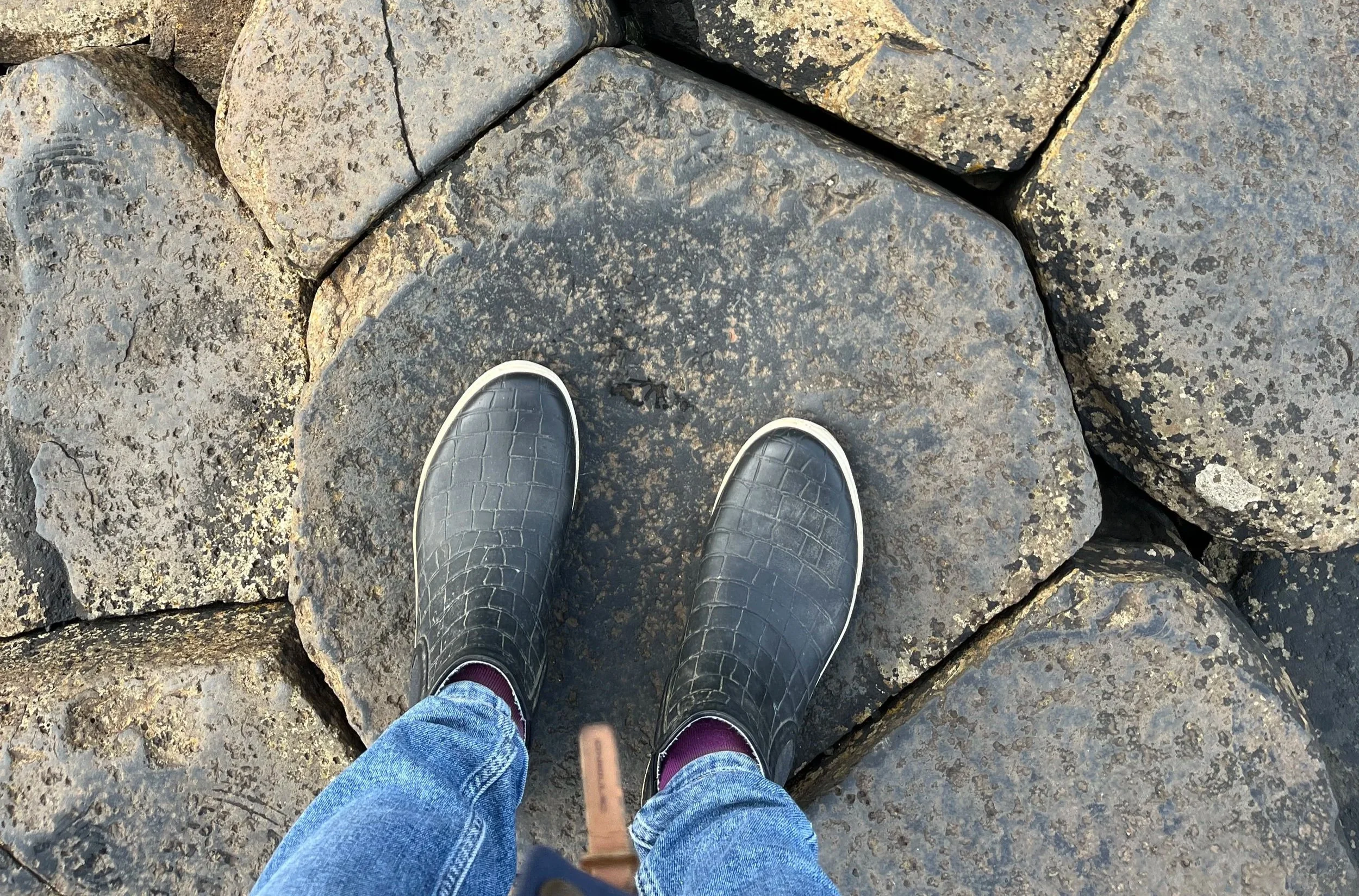Stepping into your authenticity
/I’ve stopped writing blog posts over the last few years, but I’ve decided it’s time to start sharing more.
The last 4 years have been a time of transition, shedding, growth, reconnecting, in a way I never imagined. I think this has come about for a number of reasons, but I know I’m not alone in feeling this. It’s perhaps a rite of passage.
For many people, especially women, we hit our 40’s and start to wonder what happened. Our bodies begin to change, our hormones fluctuate, we realise we’ve spent years being what everyone else thought we should be, doing what we thought would make us happy, making everyone else happy. And then our bodies begin talking to us, or screaming, and we have to listen. We feel another transition is on its way, but it’s not just hormonal.
For me, as I think it does for many, this coincided with my marriage ending. Suddenly becoming a single mum, running a business, moving to a new town, dealing with a not so easy ‘co-parent’ have all put a lot of pressure on me. But it’s also made me re-evaluate what is actually important to me. It’s forced me to find ways to support myself so I can be strong and stable for my daughter, but in doing so it’s helped me to uncover so much of myself that I wasn’t even aware of.
And so here I am, 4 years later, feeling in many ways like a totally different person, and in other ways like the person I’ve always been.
We talk a lot in Yoga about connecting to your true self. In any school of philosophy this seems to be something that we strive for in order to find happiness. It’s cliched to say money doesn’t bring us this, but it’s true - what does is feeling like we are living in line with our Self. But we can’t do this if we don’t know what our ‘true self’ is.
Inadvertently, whilst seeking support to just keep me grounded, I seem to have found myself on this path, slowly but surely reconnecting. It’s (again slowly, but surely) bringing me a sense of peace and confidence that I haven’t had in maybe ever.
As a result, I’ve decided recently to tick off a bucket list, mainly of places I want to visit. Travel has always been a big part of what makes me happy, but I’ve pushed it to the side for many years. I’m grateful for the fact I have the best travel buddy in my daughter and it’s so easy for us to go on adventures together. A few weeks ago we hopped off to Northern Ireland to tick off the Giants Causeway, and I’m sure there will be more to come in 2026.
Why am I sharing this? Because I believe so many of us get lost a bit as we walk along the path of life. And then life shakes us up (or our hormones do) and we have to reroute. I’ve seen so many cheesy posts about this, but I think it’s true. That rerouting isn’t pivoting or making lemonade, as I have often thought. It’s just getting back on our path.
Part of me wants to throw in some sales line about how this might be your sign to follow the path of teaching yoga and sign up to one of my YTTs, but I also don’t want to do that! Maybe it’s teaching yoga, maybe it’s going deeper into yoga if you’re already teaching, with a 300hr YTT. Maybe it’s making a bucket list. Maybe it’s quiting your job. Maybe it’s getting the dog. I don’t know… that’s for you to decide. What I do know is that, when you begin to really follow what lights you up, life feels a whole lot easier. I’m not quite there yet, but I’m closer than I have been in a long time.
But… if you think teaching yoga might be your path, check out my upcoming courses in person>> and online >>
And if you want to go deeper into yoga, as a teacher, the 300hr YTT >> is definitely for you. It’s largely through exploring the different aspects of yoga, the philosophy, energy and breath work that I have found myself where I am now, and I couldn’t be more grateful for it.








